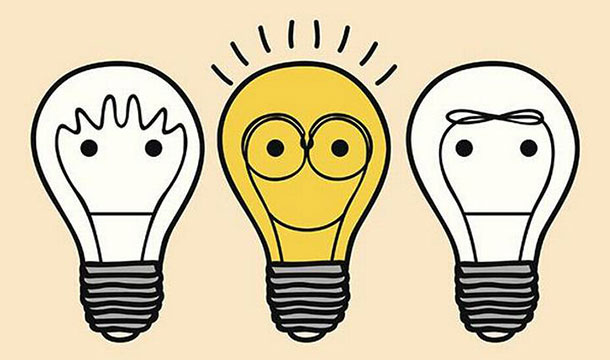Why our brains buys what it doesn’t want

Imagine this: You are at a movie theatre and you step out at the interval to buy some popcorn and cool drink combo. You have a choice of small, medium and large sizes. The small size costs ₹149 and large costs ₹299. It’s a tough decision, the small may not last the whole second half, but spending ₹299 for popcorn doesn’t seem because it costs as much or more than the ticket price. But there is a third option, a medium size combo of ₹249. The medium seems the perfect option for you in terms of both quantity and price. But if you’re like most people you’ll buy the large size combo because it costs only ₹50 more.
If you’re wondering who would buy the medium size combo, the answer is almost no one. In fact, there’s a high probability that the marketing department inadvertently priced the medium combo as a decoy, making you more likely to buy the larger combo rather than the small one.
There are many such instances where this quirk is noticed. Research shows that if only two real choices were offered, more people chose the less expensive option. But the addition of the “bad” option between makes people more likely to choose the more expensive choice.
Scientists call this quirk “asymmetric dominance” and it means that people gravitate toward the choice nearest a clearly inferior option and marketing professors call it the decoy effect. Lucky for us consumers, very few in the business community understand it.
The asymmetric dominance works because of the way our brains assign a value when making choices. Value of something is almost never absolute; rather, we decide an object’s value relative to our other choices. If more options are introduced, the value equation changes.
It is a particularly fascinating phenomenon when you strip it down to its simplest form. Let’s consider this if someone is equally likely to purchase an orange or a banana, and then you add a third option of an orange that is rotten, people will choose the good orange to buy, over both the rotten orange and the banana. This example is both illogical and disgusting, but the idea has been proven in labs. It is one of the reason marketers almost always stumble into a 3-choice set of options.
Often having no clue why 3 choices sell better than four or any other number. The decoy effect doesn’t impact just people. It’s found to work for other animals as well, including single-celled amoeba. When given the choice of great food in an undesirable environment vs mediocre food in a very good environment, amoebas choose each option equally. But if you add in the choice of bad food in a very good environment, a decoy choice the amoebas overwhelmingly choose mediocre food in the very good environment.
The decoy helps us simplify the factors we have to balance. It makes one choice clearly better than another in situations where previously there was no best choice.
This extends far past than fruits and popcorn combos. Third party political candidates can throw elections, not just because they split the vote, but because a third option changes the way we make decisions.
The asymmetric dominance effect tells us a lot about how our brains work; namely, we naturally take shortcuts by making relative value judgments. These shortcuts make us quicker at making decisions, but they also make us vulnerable to such decoys which creates a tendency for us to make such decisions.
